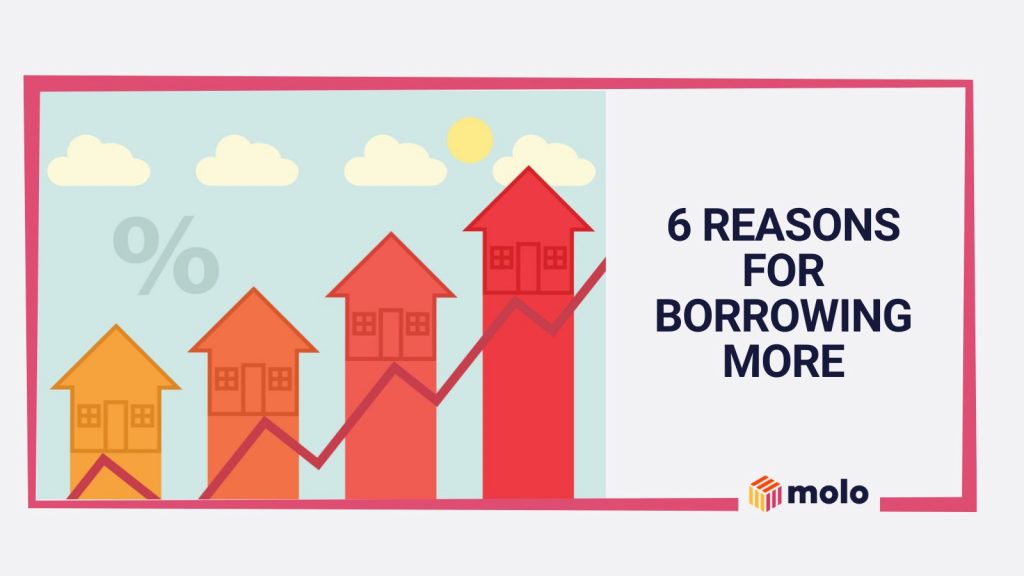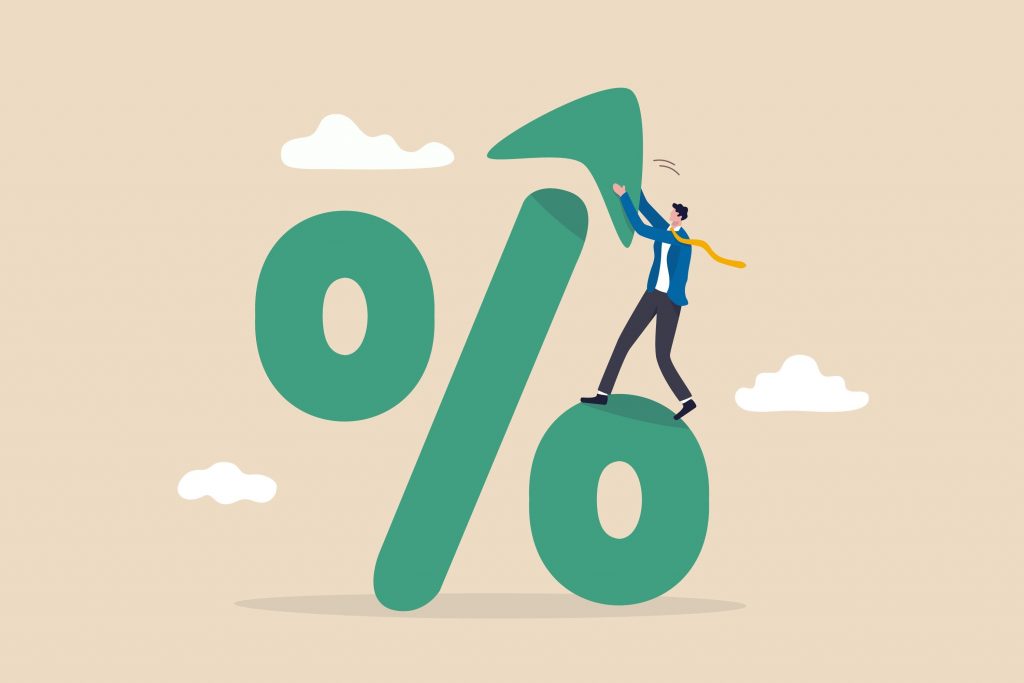Remortgaging has long been a requirement for homeowners after their initial fixed-rate period ends. And while new longer-term fixed-rate mortgages are coming to the market, it’s likely that you’ll still need to remortgage on your current deal at some point. After all, around a third of mortgages in the UK are remortgages. So, why would you remortgage? Other than your fixed-rate ending, there are several reasons to remortgage your home. Here are eight of them.
Reasons to remortgage your home
1) Reduce monthly payments
Unless you’re paying off a yacht, there’s every chance that your mortgage payments are the most expensive outgoing in the household. When your fixed-rate period ends, it might be possible to switch to a lower rate and save on your monthly payments. Therefore, changing your mortgage once the initial period is over and switching to a lender with lower interest rates can lead to reduced monthly payments and savings throughout the year.
2) Pay off debts
Credit card and loan bills can mount up, especially if they have high-interest rates. In comparison, a mortgage interest rate is usually quite a bit lower. Some people decide to remortgage and borrow a bit more to consolidate their debts and reduce overall outgoings. While this can work for some, you should do the calculations first and see if you will actually be better off remortgaging to reduce debts. If in doubt, speak with a financial advisor.
3) Because the term ends
The most common reason people remortgage is because their initial rate ends. When you get a mortgage, there are two time periods you should keep an eye on: the mortgage term and the initial rate. The term is the length of the whole mortgage, but the initial rate is the lower interest you’ll pay at the beginning of the mortgage. When your initial rate ends, you’re free to remortgage with the same lender or find a new one and renegotiate your rate. Otherwise, you move onto the standard variable rate (SVR), which has considerably higher interest rates.
4) Drawdown more capital
You may find that your home is worth considerably more than when you bought it. In this scenario, you could potentially remortgage your home to borrow extra capital and release its equity. Some homeowners do this to invest in another property, redecorate their home or simply because they want more access to cash. How does it work?
To illustrate, let’s say your initial mortgage is £150,000 on a £250,000 property, but the home’s value has increased by £75,000 to £325,000, and you’ve paid off £50,000 of the mortgage already. Therefore, you could borrow an extra £100,000, taking your mortgage to £200,000 on a home worth £325,00 with a 62% loan to value ratio.
5) Decrease the loan to value
It could also be that your house value has increased, and you want to remortgage to a much lower loan to value ratio. Doing so will reduce the interest rates, which means lower monthly mortgage payments on your house.
6) Avoid rising interest rates
Interest rates in the UK are historically low, with the Bank of England (BOE) currently at 0.1%. The lender adds their rate on top of the BOE base rate when you get a mortgage, but they’re still typically low. Essentially, that means they can only go one way: up. Many homeowners want to lock in their rate before it increases and see remortgaging as the best way to secure a lower rate and safeguard themselves against rises with longer fixed-term periods between five and 10 years.
7) So you can overpay
You might find yourself in a situation where you have more cash flow and would like to overpay your mortgage to bring the amount owed down. If your lender doesn’t allow for overpayments, you could look for one who does and remortgage with them. Just make sure that you keep an eye on early repayment charges and exit fees with your current lender.
8) To change your payment type
Mortgages come in repayment and interest-only form. The former sees you pay off both the interest and amount owed while the latter only pays the interest. In the world of residential mortgages, it’s uncommon to have an interest-only mortgage, but it does happen from time to time, and you might decide to remortgage to switch from either repayment to interest-only or vice versa. When it comes to remortgaging your buy-to-let, it’s far more common to have an interest-only mortgage.
Final thoughts: Remortgage your home
There are many reasons why you might decide to remortgage. Just make sure that you understand the terms and conditions surrounding your current mortgage before making a decision. For some homeowners, remortgaging is a good idea that can free up funds. For others, however, it’s better to stick rather than twist, and remaining with their current lender is the smarter option. Whichever category you fall into, take your time to make a decision and consult a financial advisor if necessary. The deal has to be right for you on all levels, from saving money to its practicality.



